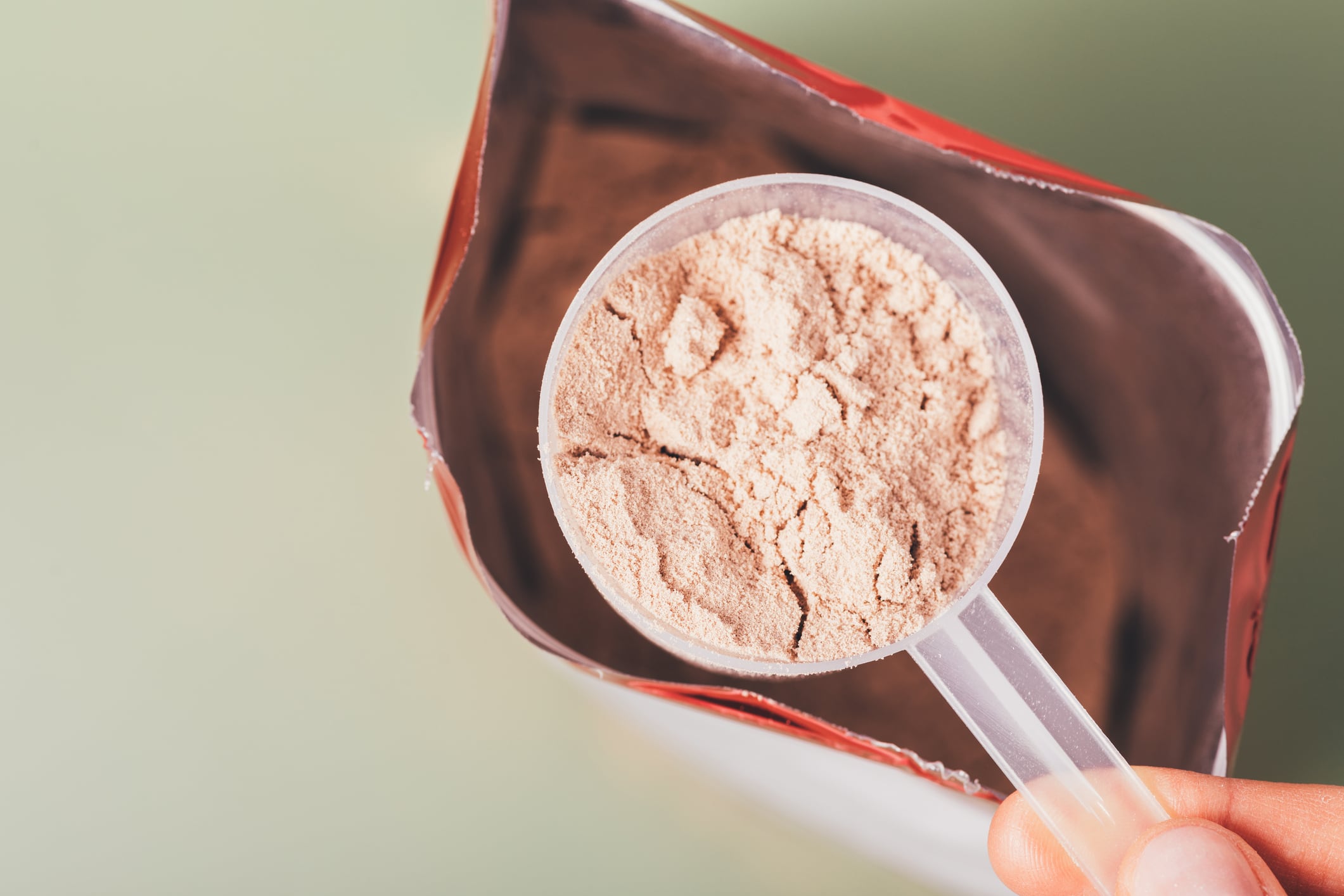Chia is a high-protein plant source with a high amino acid quality profile compared to other plant proteins, plus it is easily digestible. Yet despite many studies comparing the anabolic effects of plant vs. animal protein, chia has never been investigated so far.
With chia being the richest source of plant-based n-3, the authors of the current study therefore were interested to investigate whether it could improve muscle anabolism and strength after a longer resistance training program.
The team, from the Universidad Francisco de Vitoria (Madrid, Spain) and Universidad Finis Terrae (Santiago, Chile), conducted the current study as the first to compare the effects of chia flour to a placebo and to whey protein in young men already consuming a high protein diet and undergoing a whole-body resistance training program for 8 weeks.
They hypothesised that chia flour would enhance the effects of a resistance training program on FFM and strength gains to the same extent as whey protein, due to its high protein and n-3 content.
But results revealed similar increases in FFM and strength in all three groups, suggesting that the resistance training was sufficient to induce an adequate anabolic response in subjects consuming a high protein intake of ~1.3–1.4 g/kg/d.
The authors conclude: "The lack of effect of our two protein supplements might be explained by sufficient EAAs and leucine provision for optimizing MPS after resistance exercise through the habitual high protein diet in the present study."
In addition, the research dismisses the idea that chia might have an additive anabolic and functional advantage despite its high n-3 content.
The authors note that n-3 in chia is found in the form of alpha-linolenic acid (ALA), which requires an endogenous conversion to both EPA and DHA to be metabolically active in humans. However, the biochemical pathways in humans that convert ALA to EPA and DHA are limited, possibly resulting in lower incorporation of n-3 from chia into muscle cells compared to n-3 from fish oil, which does not require this conversion.
They say further investigation should determine whether n-3 from plant sources is less efficient than that from animal sources on muscle anabolism and function.
Chia in muscle and strength gains
In addition to being rich in protein, chia presents a high n-3 polyunsaturated fatty acid content that has been suggested to be an interesting nutritional strategy to promote muscle and strength gains.
N-3 enhances MPS rates by still unknown mechanisms that seem to depend on the presence of eicosapentaenoic acid (EPA) and docosahexaenoic acid (DHA) in myocyte membranes. This is suggested to potentially improve amino acid uptake and thereby enhance MPS. However, data in this regard are still conflicting.
In a chronic setting, supplementation of 4 g n-3/d from fish oil improved body composition after a 6-week intervention in young individuals, which was not combined to exercise training.
Only one previous study has investigated the combined effect of a high-protein diet and n-3 after resistance training in healthy untrained subjects. The study suggested no benefit of protein and n-3 supplementation on FFM gains. However, it consisted of a relatively short duration resistance training protocol of 4 weeks and the design prevented conclusions being drawn regarding the anabolic response to a higher-protein diet combined with n-3. Plus there was no group supplemented with protein only, which made any conclusion on the additional effects of omega-3 difficult.
Comparing chia, whey and placebo
The new randomized, controlled, single-blinded study enrolled 18 healthy untrained young males (age, 22.4 ± 3.1). The inclusion criteria was males between 18 and 30, not suffering from any metabolic disease, with a BMI ≤ 25 kg/m2, and no previous resistance training experience.
The exclusion criteria were regular exercise, use of dietary supplements, and any muscle injuries.
Participants were randomised according to anthropometric characteristics (weight, height, and BMI) into three groups: a placebo group (PG; n = 6), a chia flour supplement group (CG; n = 6), and a whey protein supplement group (WG; n = 6).
The exercise intervention consisted of 8 weeks of resistance training, performed three times a week.
The chia flour (XIA-125, Benexia, 20.1 g protein and 3g n-3), whey protein (Syntrax, 23g protein), or placebo drinks (sugar free orange juice) were consumed within 10 min after each training session.
Body composition was determined pre- and post- intervention using whole body dual-energy X-ray absorptiometry to determine changes in body composition, BW, fat mass (FM), and FFM.
Participants completed a pre- and post- intervention 3-day dietary record to estimate total habitual energy (kcal/day) intake, macronutrient intake, and fiber intake.
Limitations
The authors did not assess n-3 intake from dietary sources making it impossible to know the total daily amount of n-3 consumed. Any external supplementation in the present study, amongst which was n-3, was part of the exclusion criteria.
The results are also limited to body composition as the study did not include other muscle size measurements, such as muscle or fiber cross-sectional area.
The study also did not directly assess the physical activity level of the subjects. Inclusion in the study was based on the number of exercise sessions per week, which had to be less than three times per week. The conclusions of the present study may thus only be extended to that specific population.
Source: Nutrients
https://doi.org/10.3390/nu15061365
"Neither Chia Flour nor Whey Protein Supplementation Further Improves Body Composition or Strength Gains after a Resistance Training Program in Young Subjects with a Habitual High Daily Protein Intake"
Authors: Zbinden-Foncea, H.; Ramos-Navarro, C.; Hevia-Larraín, V.; Castro-Sepulveda, M.; Saúl, M.J.; Kalazich, C.; Deldicque, L.


